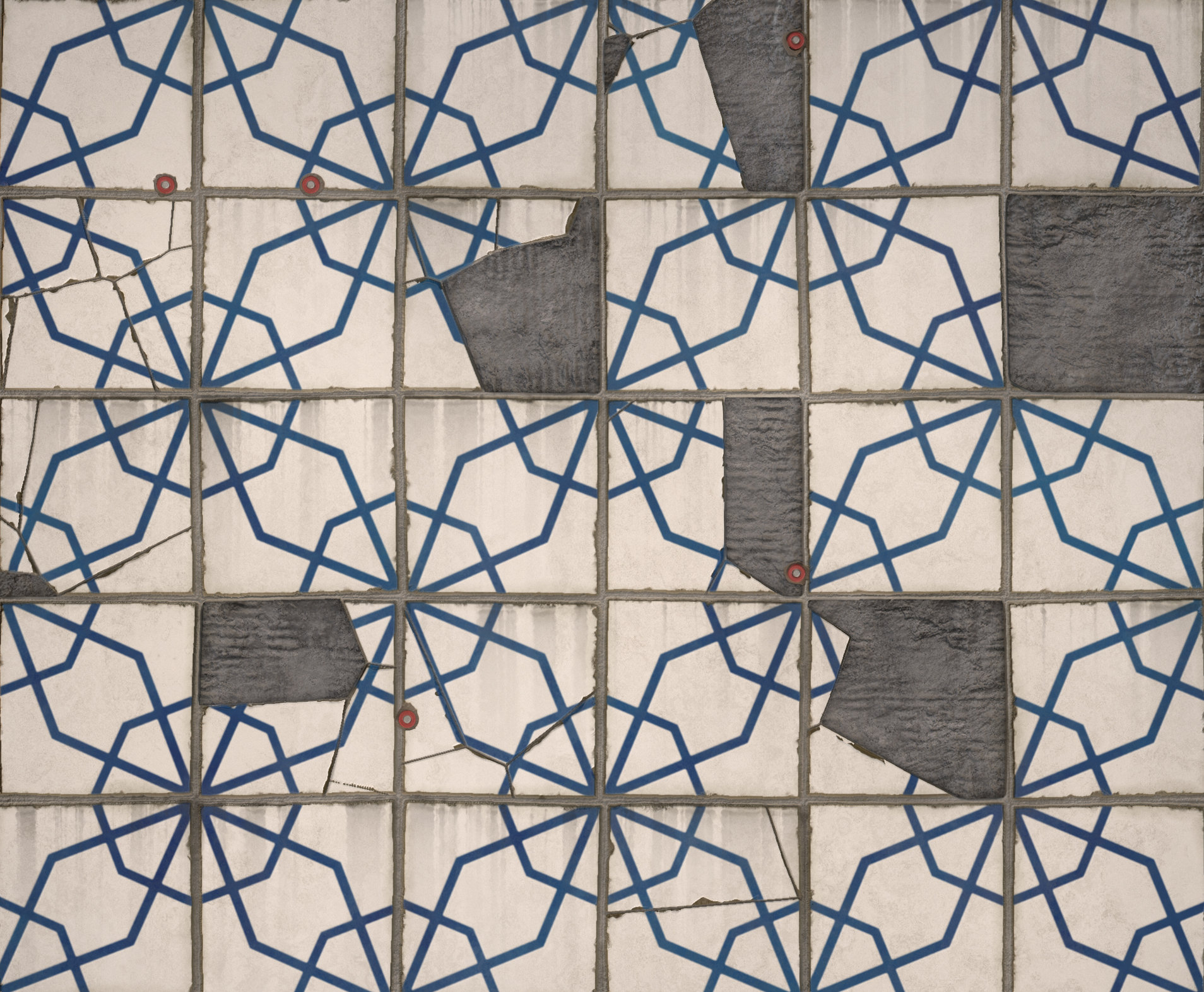hi guys / i don't know why but my crack in SD is not good / i mean the depth and random thikness are not aceptable
if yoy have any tips or video link plz suggest me
this material i did last week but i'm still dont like cracks/ these are not normal i think

Replies
thank you
I've been working on and off for years on ways to generate a believable and robust system for cracks and I've yet to arrive at a solution that isn't basically shit.
Recently I've started working on growing tree like distance field structures in designer, this seems like it might be the way to go but it's complex, expensive and (based on watching people use my other sdf based tools) unintuitive.
Perlin, voronoi, poisson and most other forms of cg noise are built around the distance between a field of semi randomly distributed points which is kind of the opposite of what you want for cracks - which grow outward from points of stress